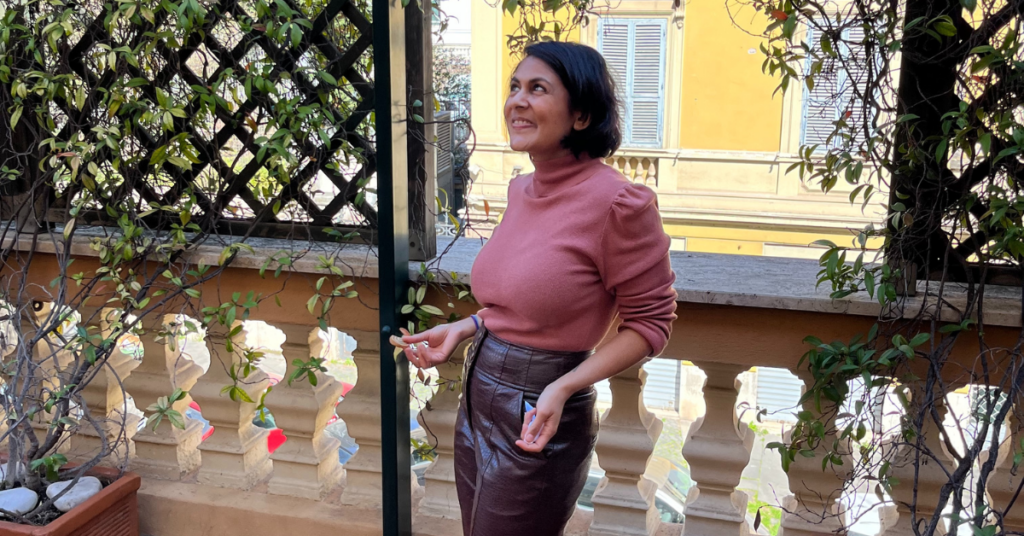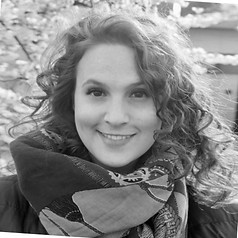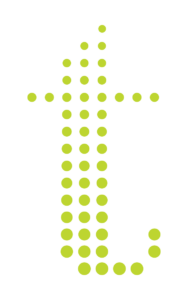
Before joining Talentism, Angie was running a startup that was attempting to evolve standardized testing, to align it more closely with the realities of the world of work today. That mission meant they needed an incredibly diverse team: people who came from the education world, from developmental psychology and learning science, from the game design world, engineers, artists. Of course, all of those people also came from different backgrounds: academic, corporate, startups, creative.
They needed these incredibly smart people with different mindsets, different skills and backgrounds, to be able to effectively learn from each other and be willing to let go of their existing way of doing things. No small task.
Angie’s role as COO was to equip the executive team to work well together. A big part of getting stuff at the company level is about enabling other people. What makes them tick, how can they perform at their best, and how do I as a leader enable them as a collective to be successful?
One of the things we do in coaching is seek to understand what mental models people are bringing to a situation, where those mental models might be limited, and how fear might be at the heart of why they are subconsciously clinging to those mental models. While Angie wasn’t aware of it at the time, she was drawn to coaching at that point because she was deeply interested in this idea of creating the space and the system for people to grapple effectively with their mental models and update them.
Angie trained in another coaching methodology before she came to Talentism, and that was powerful for her because it helped her to see feelings as a useful tool. The training in her professional contexts up to that point had taught her to see feelings as perhaps an indicator that something might be wrong; beyond that, feelings were something that you needed to translate to logic if you wanted to make good, rational decisions. Having access to feelings as something valuable on their own was transformative. But in that modality, Angie struggled to get behind this idea that we were somehow, magically, trying to inspire people away from fear to a place of possibility. That’s simply not how humans work.
Talentism, on the other hand, is robustly based in peer-reviewed science as a starting point. Angie spent years at Bridgewater, and one thing that is similarly rigorous at both Bridgewater and Talentism is the idea of relying on structure and frameworks around how to get the best out of people.
Talentism’s methodology is rooted in evolutionary biology, findings from the world of psychology and neuroscience. That is real and credible, and that’s something that you can respect even if you’re skeptical about coaching, as Angie was. In Talentism frameworks, we understand that when our clients are in confusion — meaning, their reality is at odds with their expectations and the narratives running through their heads — inspiration isn’t the thing that will help them learn their way out of that. Instead, we seek to reliably help someone to see their behaviors, taking into account what humans are actually like, and help them.
When a human is feeling frustrated and confused, we understand the science of what is happening in your brain: you are shutting down, protecting yourself, and you can’t seek learning. So we don’t waste time trying to encourage creativity in that state. Instead, we look for data points of what is happening and how they operate outside of that fear situation. We start to build a picture of that client, and we help them examine themselves. We accept that people will show up in a certain way, and design ways for them to move through that, or create guardrails, for that person to operate more effectively. We don’t seek to inspire someone out of their fear, because that’s unreliable. We look for data, and we use that data to design an accessible solution. A solution that will work specifically for that person, who they are and what they are like, not whatever the most rational solution in a vacuum may be.



